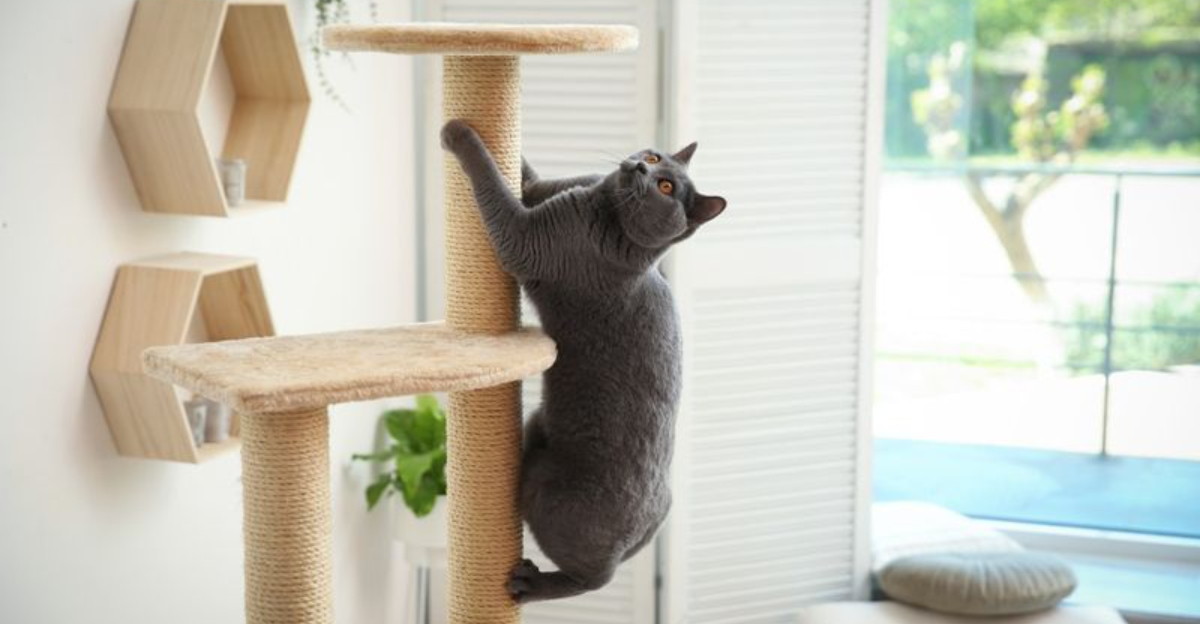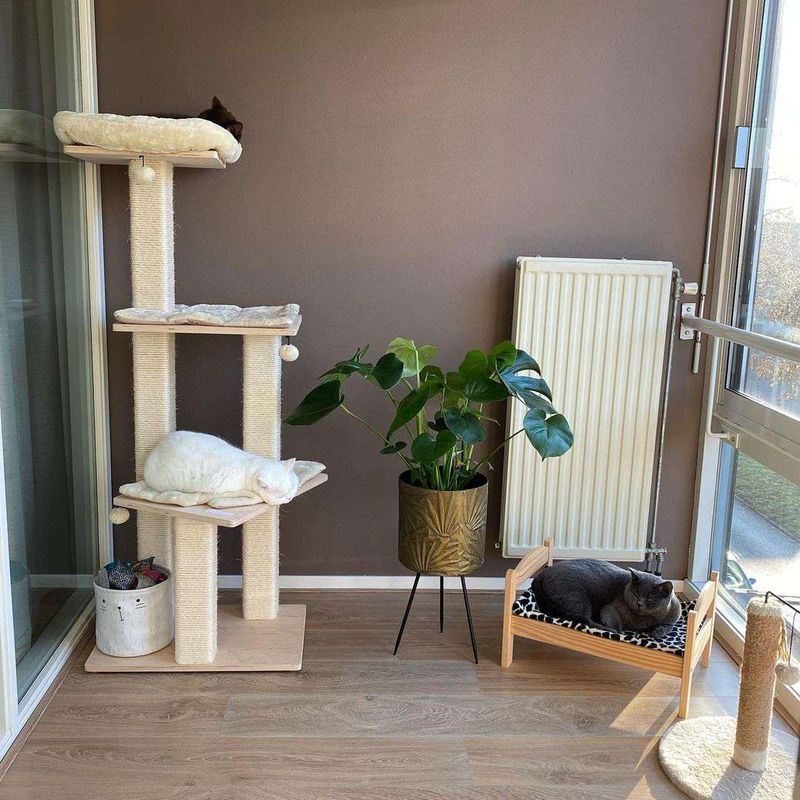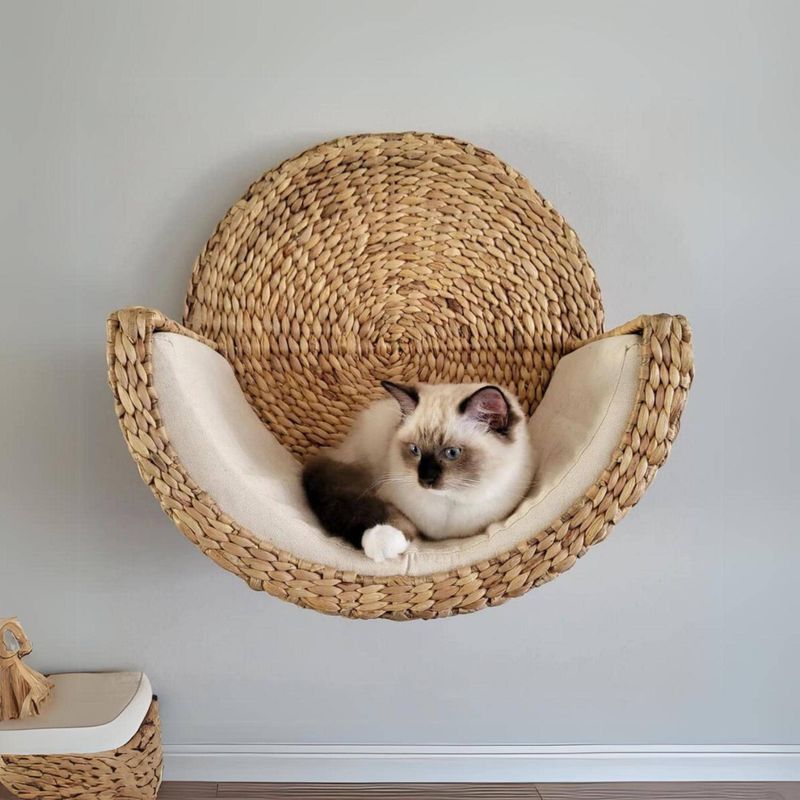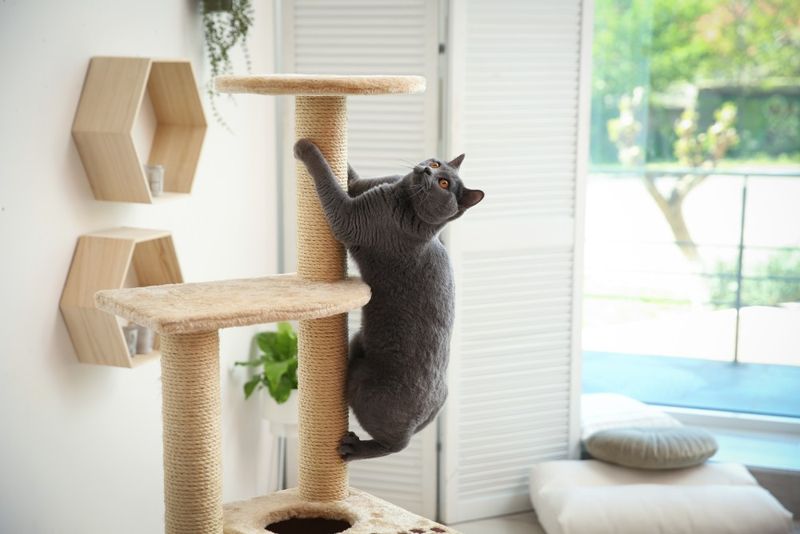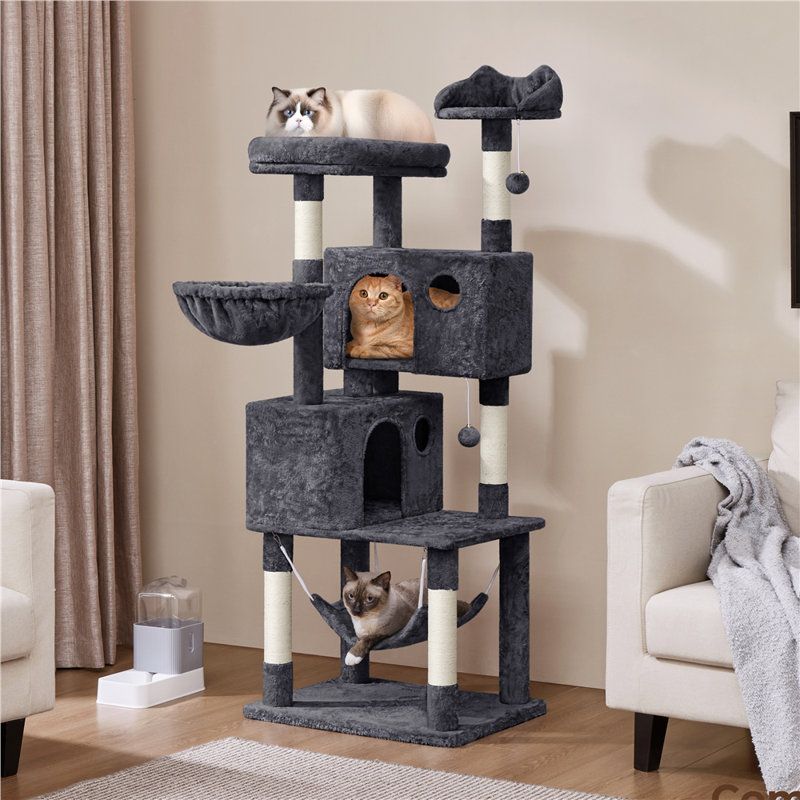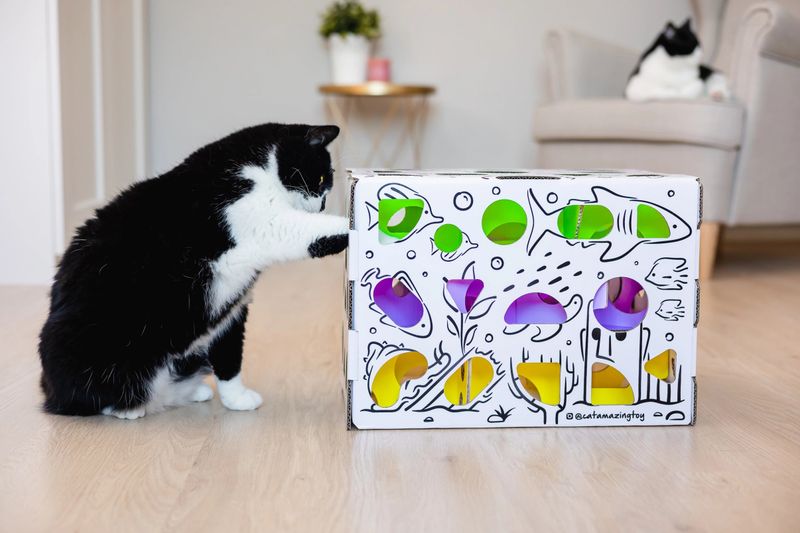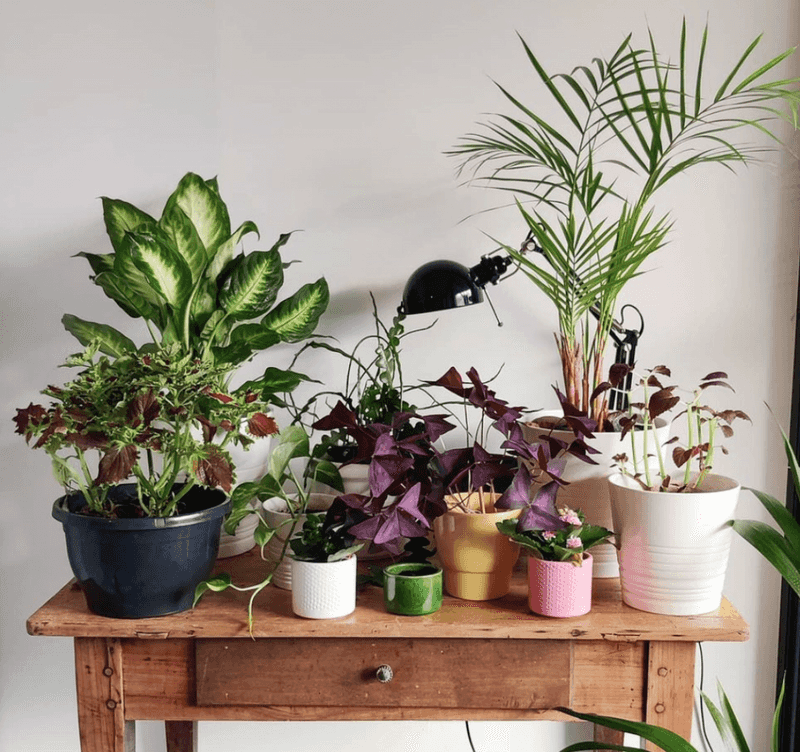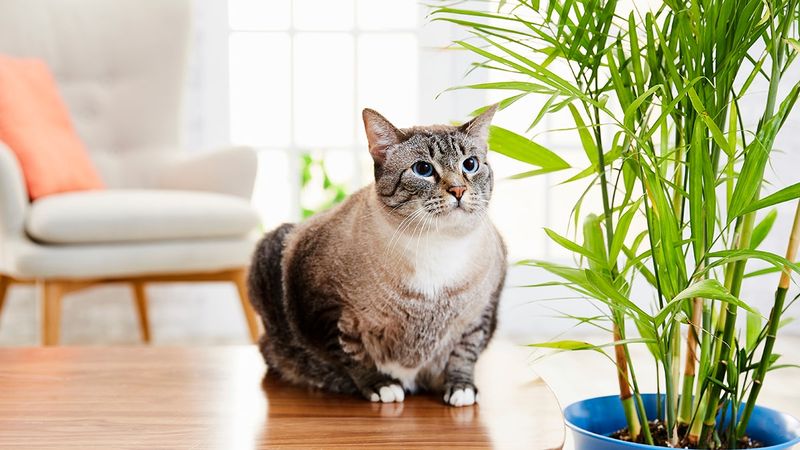📖 Table of Content:
Designing a room dedicated to your cat isn’t just a fun DIY project—it’s a meaningful way to enhance your feline friend’s quality of life. Cats are territorial animals who thrive when they have a space to call their own. Whether you have a curious kitten or a laid-back senior, a well-designed cat room can provide comfort, stimulation, and security tailored to their unique personality.
A cat room doesn’t need to be extravagant or expensive to be effective. With thoughtful planning and a few key items, you can transform any corner of your home into a cozy haven that keeps your cat entertained and relaxed. The goal is to blend comfort, functionality, and enrichment in a way that caters to your cat’s natural instincts.
In this guide, you’ll discover seven simple yet impactful steps to design the ultimate cat room. From choosing the right space to adding vertical territory and playtime essentials, each step is designed to create a sanctuary that supports your cat’s physical and emotional well-being. Let’s dive into the world of cozy, cat-centric design!
1. Choose the Purrfect Space
Start by evaluating your home for a quiet, low-stress area that can be transformed into your cat’s personal retreat. Ideally, this room should be away from loud TVs, busy hallways, or heavy foot traffic. Natural sunlight is a big bonus—many cats love to bask in sunbeams during the day. A space with a window can also double as live entertainment, offering birds and squirrels as natural “cat TV.” You don’t need a full room; even a dedicated corner can work wonders if it’s cozy and secure. Just make sure it’s not a spot that’s constantly rearranged, as cats prefer consistency in their environment. Once you’ve picked the space, it’s time to bring in the comforts.
2. Add Soft, Comfortable Bedding
Nothing invites relaxation like a cozy, well-placed bed. Consider layering different textures such as sherpa, fleece, or faux fur to appeal to your cat’s sense of touch. Window ledges with padded cushions create perfect sunbathing spots, especially for indoor cats. Try placing beds at varying heights to cater to cats who like to either stretch out or curl up in more tucked-away spots. Some cats prefer enclosed spaces, so think about adding a soft-sided cat cube or covered bed. Don’t forget to occasionally wash the bedding to keep it fresh and fur-free. Over time, you’ll notice your cat choosing their favorite spots based on mood and time of day.
3. Incorporate Vertical Spaces
Height gives cats a sense of control, so vertical territory is a must for any enriching room. Rather than filling the floor with furniture, look to the walls and vertical nooks for opportunity. Cat shelves, climbing walls, or tall scratching posts double as exercise tools and resting areas. Securely installed, these structures allow your cat to jump, perch, and lounge at their leisure. Window-mounted perches are particularly loved for their warm sun and open views. You might even add a multi-level cat tree to give both climbing options and cozy cubbies. The more vertical layers you provide, the more dynamic the room will feel for your cat.
4. Place Scratching Posts Strategically
Integrating scratching options isn’t just about protecting your furniture—it’s a direct investment in your cat’s physical and emotional health. Scratching allows them to stretch, mark territory, and shed old nail layers. Offer variety by combining upright posts, flat mats, and angled scratchers in different materials like sisal, cardboard, and wood. Place at least one near sleeping areas and another by the entrance, where cats often like to “mark” their territory. You’ll likely notice your cat using different scratchers for different moods or purposes. If space allows, choose sturdy, tall posts that let your cat fully extend their body. Replacing worn-out ones ensures long-term interest and effectiveness.
5. Add Interactive Toys and Enrichment
Play is essential to your cat’s mental and physical health, so a well-stocked toy corner is a must. Keep things lively with a mix of puzzle toys, feather wands, and motorized critters to engage your cat’s hunting instincts. Rotating toys weekly keeps them novel and prevents boredom. If your cat is especially curious or food-motivated, puzzle feeders can provide both entertainment and a slow mealtime experience. Don’t overlook simple DIY options either—a crumpled paper ball or cardboard box can provide hours of fun. Enrichment is also about challenge and reward, so aim for a balance of easy wins and stimulating puzzles. Always supervise play with stringed or small parts for safety.
6. Bring in Cat-Friendly Plants (Optional)
Adding greenery can breathe life into your cat’s space—both literally and figuratively. Choose plants that are non-toxic and even beneficial to cats, such as catnip, cat grass, or valerian. These can provide sensory enrichment and a gentle source of entertainment. Display plants in wall planters or hang them safely out of reach if your cat tends to dig. Avoid any plants that are known to be harmful, including lilies, philodendrons, and pothos. To be extra safe, refer to the ASPCA’s toxic/non-toxic plant list. Plants also improve air quality and add aesthetic appeal to your space, making it cozier for both you and your feline friend.
7. Keep It Clean and Safe
Maintaining a clean and hazard-free space is the final—and ongoing—step to ensuring your cat’s comfort. Tidy up daily to remove fur, dust, or food crumbs, and make sure toys are intact and safe to use. Cords and wires should be bundled or hidden to avoid chewing accidents. Check for small items that could be swallowed, especially in rooms with craft supplies or office materials. If the room includes a litter box, scoop it at least once a day and change the litter weekly. A clean, predictable environment reduces stress and helps your cat settle in more quickly. Safety is as important as comfort when it comes to your cat’s sanctuary.
